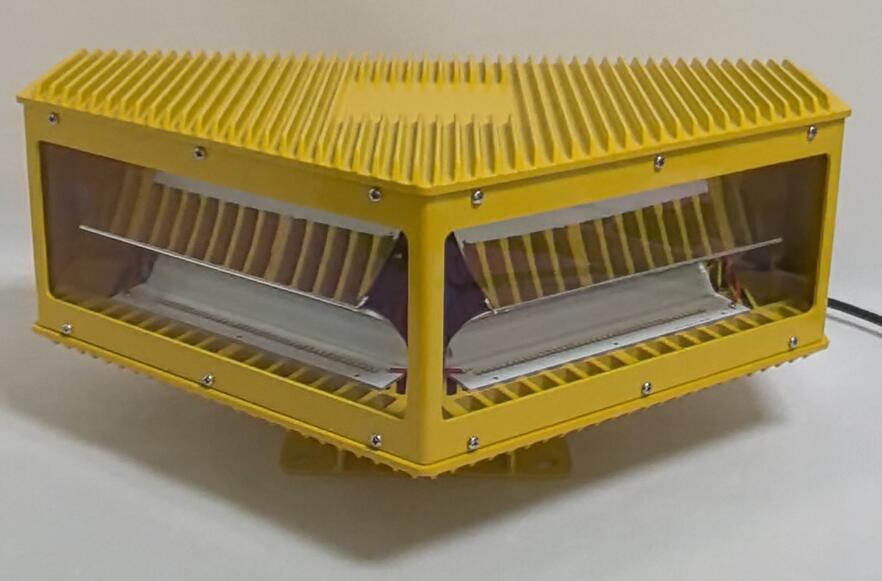Posted: 2025-04-27
As global air traffic continues to expand, the role of aviation lamp systems in maintaining flight safety has never been more critical. These specialized lighting solutions serve as visual sentinels, marking obstacles, guiding aircraft, and ensuring safe operations in all visibility conditions. This article examines the latest advancements in aviation lamp technology, their diverse applications, and how they're adapting to meet the challenges of modern aviation.
The Evolution of Aviation Lighting
1. From Incandescent to Smart LED Systems
Modern aviation lamp solutions have transitioned:
1960s: Simple incandescent bulbs
1990s: Halogen and xenon strobes
2020s: Intelligent LED arrays with adaptive controls

2. The Safety Imperative
Prevent 85% of potential obstacle collisions
Reduce pilot workload during critical phases
Compensate for radar blind spots
| aviation lamp |
Cutting-Edge Applications
1. Urban Air Mobility Integration
Vertiport marking lights
Drone corridor illumination
EVTOL approach path lighting
2. Offshore Wind Farm Protection
Submersible tower base lights
Helicopter landing zone markers
Ice detection lighting systems
| aviation lamps |
3. Smart Airport Solutions
Autonomous runway lamps
LiFi-enabled guidance lights
Predictive maintenance systems
Technological Breakthroughs
1. Adaptive Intensity Control
Automatic brightness adjustment
Weather-responsive patterns
Traffic density modulation
2. Sustainable Power Solutions
Solar-hybrid configurations
Kinetic energy harvesting
Wireless power transfer
3. Enhanced Durability Features
-60°C to +80°C operation
Salt fog resistance (5000+ hours)
Bird strike protection
Regulatory Landscape
1. Global Standardization Efforts
ICAO's new Annex 14 amendments
FAA NextGen lighting requirements
EASA U-space integration
2. Certification Challenges
Electromagnetic compatibility testing
Photometric performance validation
Cybersecurity protocols
Future Vision
1. AI-Powered Predictive Lighting
Machine learning failure prediction
Dynamic airspace configuration
Autonomous brightness optimization
2. Quantum Dot Technology
Wider color gamut
Reduced power consumption
Enhanced visibility
3. Bio-Inspired Designs
Polarized light patterns
UV spectrum markers
Glare-reduction coatings
Implementation Considerations
1. Lifecycle Management
10-year durability requirements
Modular component design
Upgrade path planning
2. Installation Best Practices
Drone-assisted surveys
Augmented reality positioning
Non-intrusive mounting
3. Maintenance Innovations
Self-diagnosing systems
Robotic cleaning units
Blockchain maintenance logs
The aviation lamp industry stands at the threshold of a technological revolution, with innovations poised to transform airspace safety management. As we enter the era of urban air mobility and autonomous flight, these lighting systems will evolve from passive markers to active participants in air traffic management. The integration of smart technologies, sustainable solutions, and advanced materials ensures that aviation lamp systems will continue to be indispensable guardians of flight safety in increasingly complex airspace environments. Their ongoing development represents not just an engineering challenge, but a commitment to preserving lives in our shared skies.